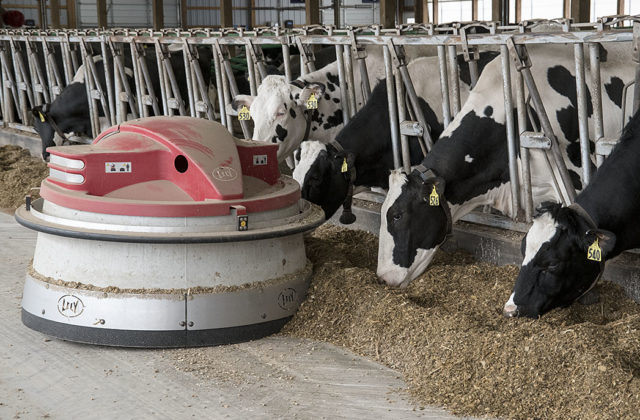Washington’s Trade War and Norfolk’s Economy
By David Beers
On the news there is much talk about trade wars and tariffs, and if you are like me, it all seems far away. But it is not far away, and tariffs are directly affecting livelihoods in Norfolk right now.
A bit of background is in order here. A tariff is a tax on exports or imports, collected by government customs officers at major ports. All governments collect tariffs to some degree, on a diversity of products and from a variety of countries. Tariffs have been around since trade first began thousands of years ago. If there is free trade between two countries, it means that no tariffs or other restrictions are placed on trade by one side or the other. A trade war is when one country institutes tariffs to protect some sector of their economy, and the trading partner retaliates with its own tariffs, often leading to escalation. Whether any of the thousands of tariffs currently imposed by our country on a variety of other countries are good or bad depends on who you are, and their overall effect on the economy is much debated. Historians will argue over the consequences of our many current tariff increases for years to come.
Over the past year, we have increased our tariffs on trade with most of our major trading partners: China, Canada, Mexico and the European Union. Whether this is significant enough to say we are having a trade war with all these countries is up for debate, but we are definitely having a trade war with China that started back in March. Many goods the United States imports from China were assessed tariffs beginning on July 6 of this year, raising their price to U.S. buyers, and additional tariffs took effect in August. As expected, the Chinese have retaliated with their own tariffs on our exports. On either side, the amount of these tariffs is product specific and ranges from two to 25 percent. Both countries have since made threats to increase tariffs further.
New England Miniature Ball Corporation (NEMB) manufactures a variety of precision miniature metal balls right here on Route 44 and has a second manufacturing facility in Shanghai, China. Sue Girouard from customer service said that they are negatively affected by the tariffs, but “we are working hard to reduce costs and offset the impact of the tariffs, which ultimately affect our ability to remain competitive.” When it ships raw material to its Chinese factory, NEMB must now pay China a 10 percent export tariff, which is slated to rise to 25 percent in January 2019. In addition, they must now pay the U.S. government a 25 percent import tariff on goods shipped from their Chinese factory to here.
Dairy is one of a long list of United States agricultural exports with recent Chinese retaliatory tariffs that have hit our farmers hard. In Connecticut, we export $333 million annually in agricultural products mostly to China and Canada. This makes any Chinese agricultural tariffs a drag on our agricultural industry.
The highly productive dairy farms of Canaan Valley produce thousands of gallons of milk every day. According to Amanda Freund of Freund’s Farm, 15 to 20 percent of U.S. milk is exported, typically in the form of dried dairy products. A recent forecasted uptick in milk prices in the spring was flattened by the trade wars. As of July, China imposed a 25 percent tariff on American dairy products. Freund is hopeful that this Chinese loss will be offset by recent improvements in dairy trade relations with Canada.
Unlike dairy farming, most of our small-scale farming in Norfolk is not significantly involved with the commodity export market, with one big exception—timber. Norfolk has a sawmill (South Norfolk Lumber), a significant timber resource and quite a few folks working in the timber industry (author included). I have noticed a significant drop (about 25 percent) in the timber prices I am able to get for my landowner clients in the past few months. I suspect this is partly to do with a 5 to 10 percent retaliatory tariff China enacted on a variety of wood products from the United States in September. Even the threat of such a tariff lowers timber market prices. The United States exports $2 to $3 billion of logs and woods products to China annually. Many of the timber buyers I work with generate significant revenue exporting logs to Canada and China.
Local logger and sawmill owner Henry Gundlach says he has seen a significant drop on the higher-value log market. He has also noticed a reluctance by loggers and sawmills to buy any wood due to an unpredictable market future. What is next? And how long will it last? are questions on Gundlach’s mind.
Most of the statistics and facts were gleaned from publications and conversations provided by Chris Laughton of Farm Credit East in Enfield, CT.
Photo, top, of cows feeding in the Freund cowshed, by Bruce Frisch.

